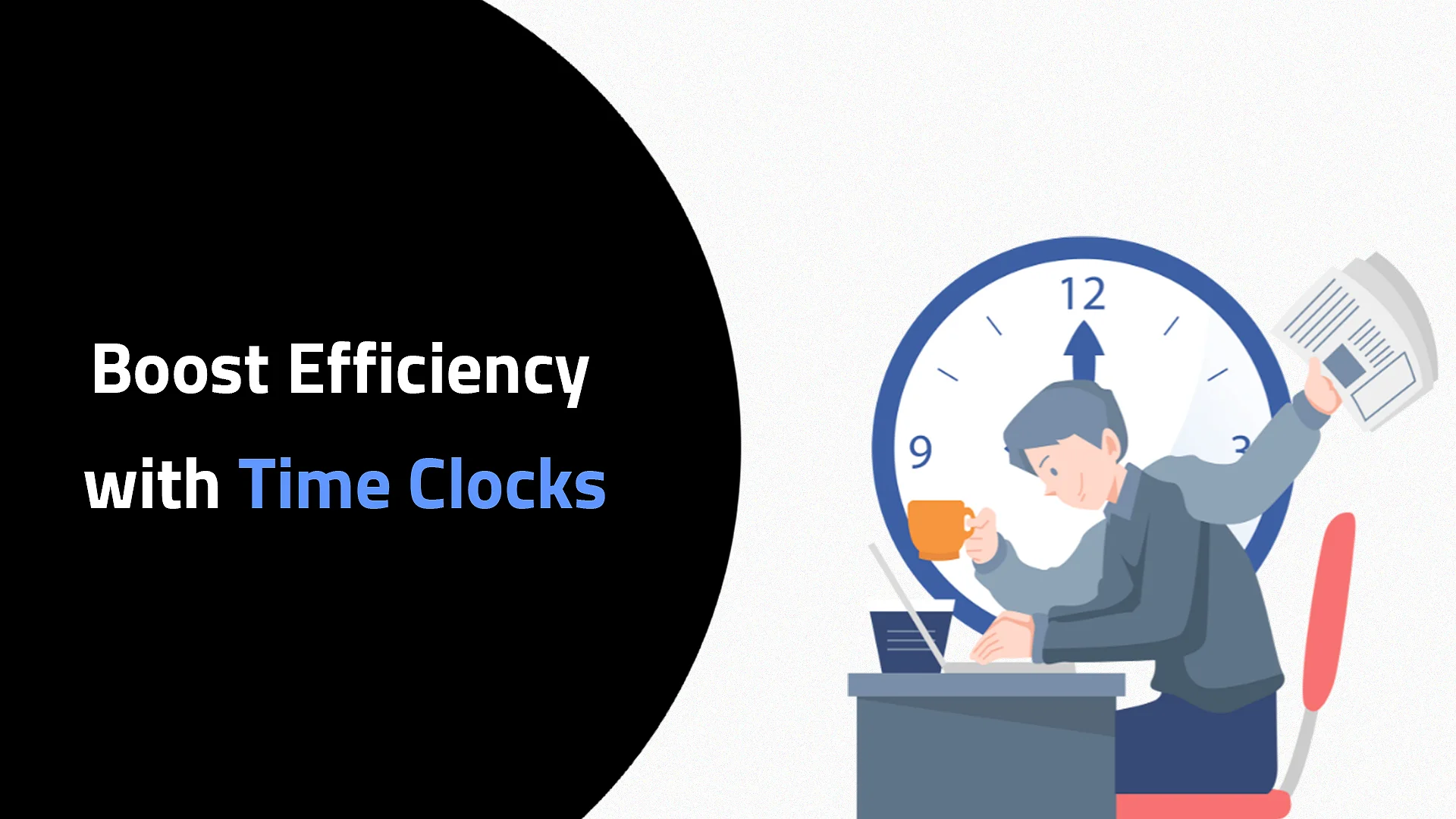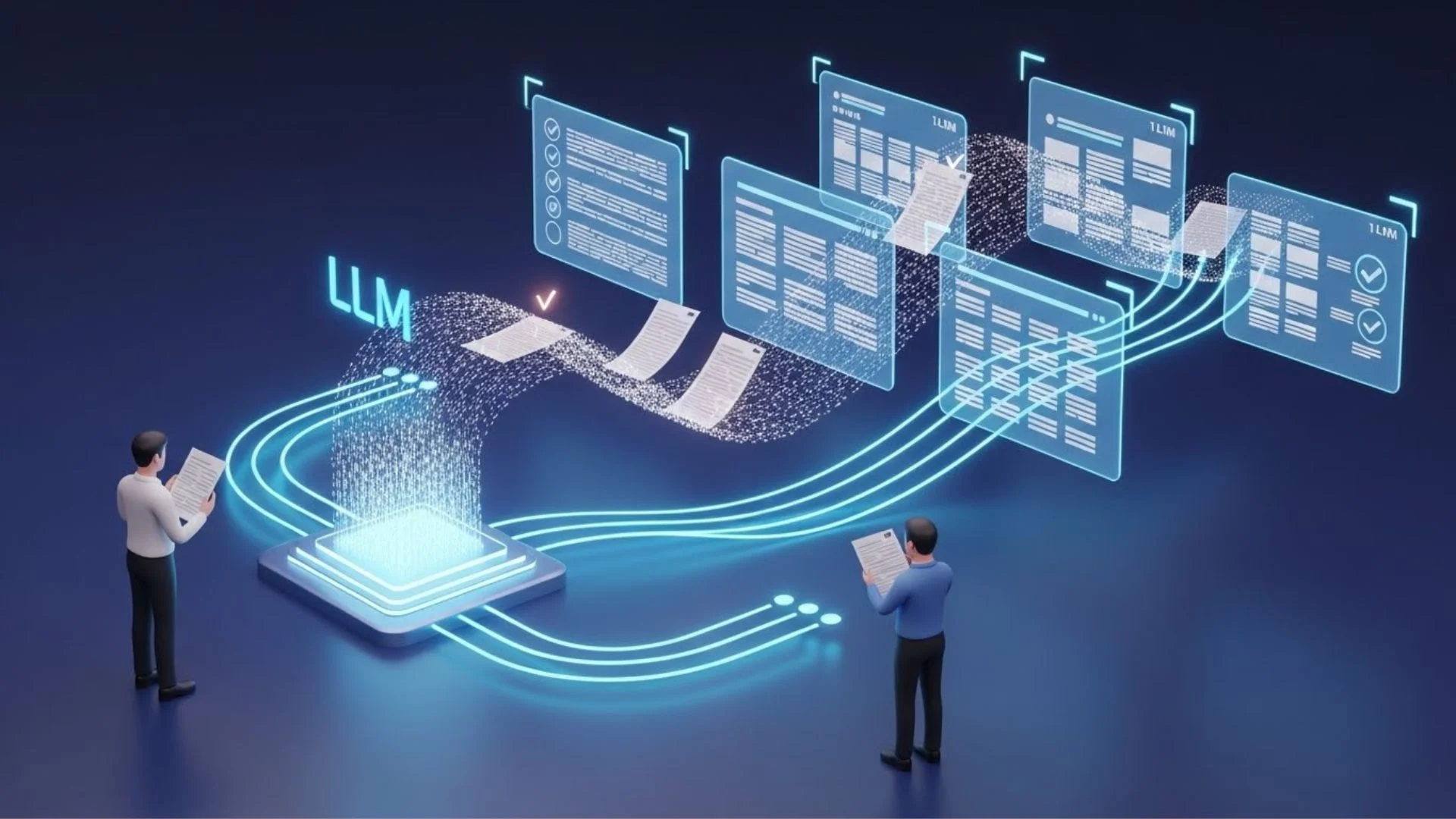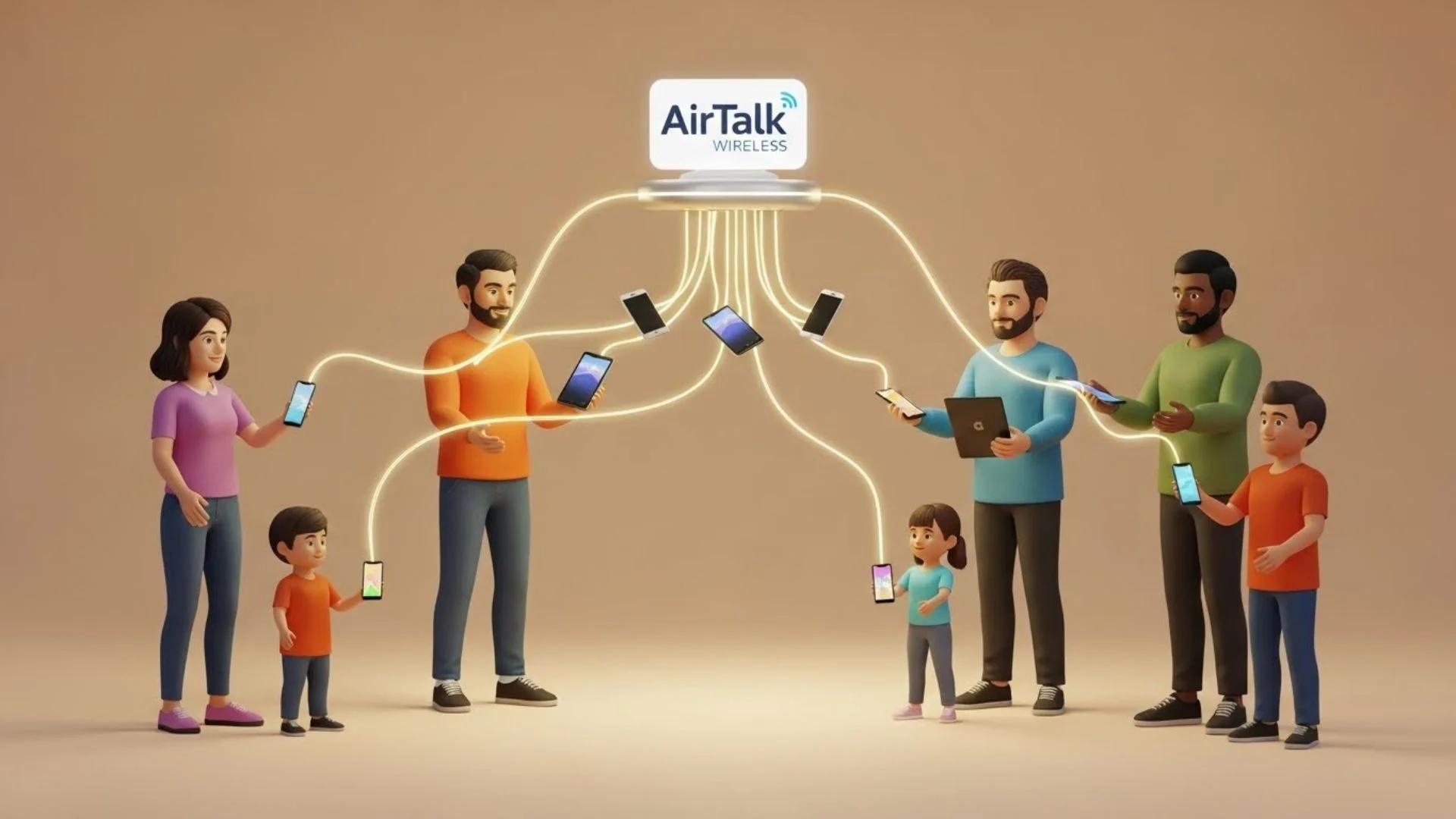Employee attendance tracking has seen sweeping changes over the years. Time clocks that were once an obligatory mode of clocking in and out of working hours came to hold sway in such workplaces. Digital solutions created opportunities for mobile check-ins with the ability for employees to clock in from almost anywhere. Knowing how these systems work and how they affect workforce management will help the companies pinpoint which solution best suits their needs. The two solutions share the same basic purpose, but they are geared toward different work environments, operational structures, and employee expectations.
The Reliability of Traditional Time Clocks
Since the beginning of time, time clocks have been there with employees in workforce management; that includes the use of manually punched cards, PIN-based log-ins, and various biometric scans; all of these systems require employees to physically clock in and out at a designated location. This is an effective structure for accountability since this requires actual presence on-site for workers to register their attendance.
Of course, time clocks are also trusted because they cannot lie; the punch clock is fixed and in one location. It doesn’t allow employees to log in for their co-workers. The highest accuracy in biometric versions, with fingerprints or facial recognitions, removes any evidence of proxy attendance.
Putting together time and attendance software with traditional time clocks would add security to any workplace that required stringent attendance tracking. Data collection automates the time clock system and reduces administrative operations while ensuring accurate payroll with seamless workforce management synchronization.
Nevertheless, time clocks have disadvantages as well. Their inflexible nature makes it problematic for various cases. Especially in industries where employees are working across multiple sites or have unpredictable schedules.
WHile disruption due to hardware failure or connectivity issues has the potential to create bottlenecks with clock-ins, delaying clock-ins and disruptive workflow might be None of these options alone may seem the most adaptable. But pairing them with modern software solutions can be beneficial to businesses in streamlining operations without sacrificing accountability.
The Flexibility of Mobile Check-Ins
Mobile check-ins have completely changed the game for attendance tracking by giving businesses a more flexible alternative to traditional time clocks. Employees can clock in via any web-enabled device, including smartphones, tablets, and laptops, usually through GPS-enabled apps that confirm location. This type of technology is especially useful to companies with remote teams, field workers, or hybrid employees who do not operate from a central office.
The one great positive on the side of mobile check-ins is accessibility. Workers log their hours without having to walk to a fixed terminal, minimizing waiting times and allowing a looser approach to work organization. Many solutions provide for real-time data exposure, giving managers an instantaneous overview of workforce activity.
Mobile check-in is convenient, but it has its challenges. For example, some employees work in areas with very low GPS signal. Making location tracking very difficult.
Moreover, the system assumes employees have access to their own devices. Raising questions regarding data insecurity and compatibility issues. If not properly supervised, mobile check-ins can also open possibilities for “buddy punching,” where one employee punches a clock for another who may or may not be with them at the site.
Comparing Accuracy in Attendance Tracking
Maintaining accurate attendance records is a vital concern for effective workforce management. Time clocks with biometric authentication tend to be accurate.
The system needs to be operated by the employee in a physical manner, such as through fingerprint scanning, face recognition, or card-swiping, to ensure that attendance records reflect actual work hours without error. Time clocks, by virtue of their structured approach, significantly reduce errors and guarantee a consistent mode of data collection across different shifts.
Mobile check-ins, while flexible, can still afford some minor discrepancies in accuracy. GPS tracking does help to verify that the employees are indeed at the place while checking in; sometimes, though, the signal disturbance may defer the actual precision in geolocation.
To address this, a lot of companies enforce geofencing in the places where clock-ins are allowed. Such an approach, though, depends on the degree to which systems work well together and are enforced consistently. As the integration of attendance software further fines-tune accuracy by aligning mobile check-ins with an automated tracking system, this would help tighten the margin of error.
Time clocks and mobile check-ins can both be utilized for web attendance tracking. Providing accuracy as long as they are deployed properly. Traditional time clocks do provide a structure, a location-based approach, which works best for jobs on-site.
Business processes with remote or mobile teams can enhance accuracy through the effective use of digital systems configured to log employee hours reliably without manual input.
Cost Considerations: Which Is More Economical?
Cost is an important factor in determining what is the best attendance tracking method. Traditional time clocks require an initial hardware investment, installation, and some potential maintenance costs over time. Most expensive among these probably are the biometric systems although. Offering accuracy and prevention of fraud over the years.
Mobile check-ins usually involve lower initial cost since utilization is based on currently available devices rather than the purchase of new specialized hardware. Maintenance is also less with cloud-based platforms since an update and troubleshooting are performed remotely.
Still, businesses have to ensure there are no hidden costs related to security measures on personal data, employee training, and subscription fees for premium features.
For industries reliant on fixed workforces, time clocks may prove cost-effective due to their long lifespan as well as durability. Mobile check-ins, on the other hand, eliminate the need for setting up several clock-in sites, which means more financial efficiency for companies with a mobile or hybrid workforce.
Integration with Workforce Management Systems
A seamless attendance tracking system integrates well with payroll, scheduling, and HR systems. Time clocks usually synchronize with payroll software, meaning that pay calculations are derived from hours worked. However, some older systems necessitate manual transfers. Increasing administrative burdens.
Mobile check-in options usually tout inherent integrations, allowing real-time payroll updates, scheduling automation or personalized reporting. The ability to track employee activity during work hours in real time improves workforce planning, as managers will redirect schedules as required.
Time clocks also offer an efficient low-tech option for businesses that do not want to adopt any technology. But allow proper integration for companies already utilizing digital HR solutions around mobile check-ins..
Takeaway
An ideal solution is the one that embraces business operations, employee expectation, and long-term growth. Some companies may even consider a hybrid model, using time clocks for on-site staff and mobile check-in for remote employees. Weighing the pros and cons of all four methods is important to ensure that attendance tracking remains efficient, secure, and adaptable to workplace needs.
nandbox App Builder
Accurate tracking of employee work hours and management of production in companies depend on time clocks. Creating a completely integrated time clock capability in your mobile app is simple with nandbox App Builder. With time-tracking capabilities on this no-code platform, companies can create apps letting workers clock in and out straight from their cellphones. Whether running in-office personnel or remote teams, nandbox’s scalable and adaptable solutions guarantee correct attendance monitoring and flawless reporting. Using a custom time clock app developed to match your particular needs and branded with your identity, all driven by nandbox, improve your business processes.





